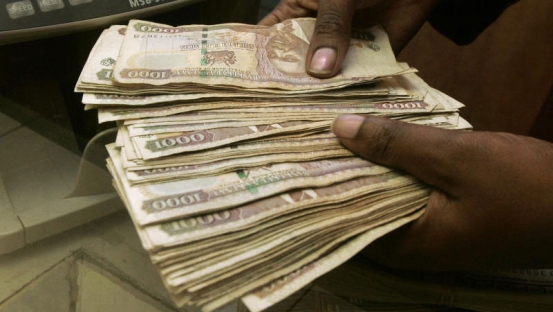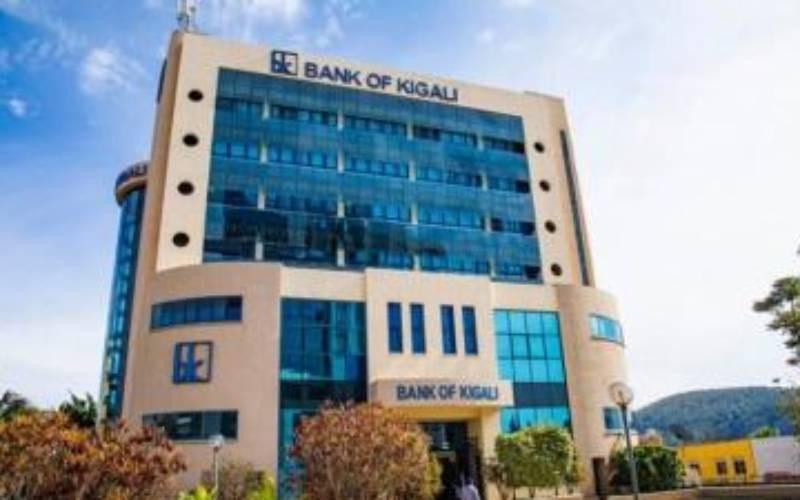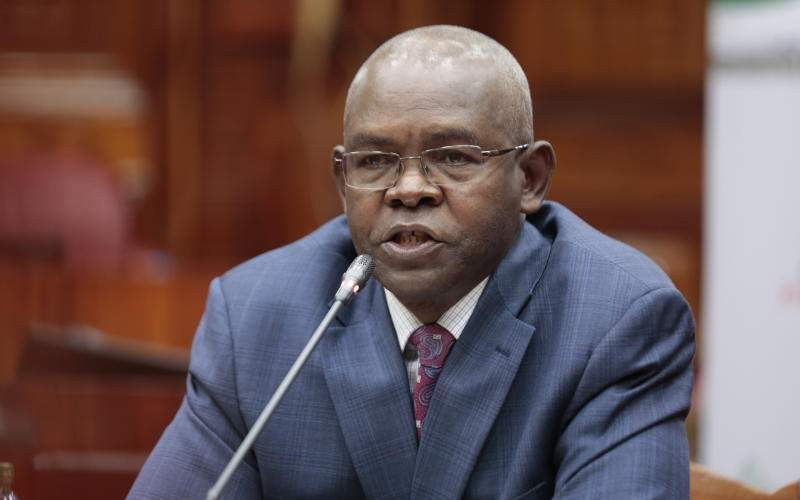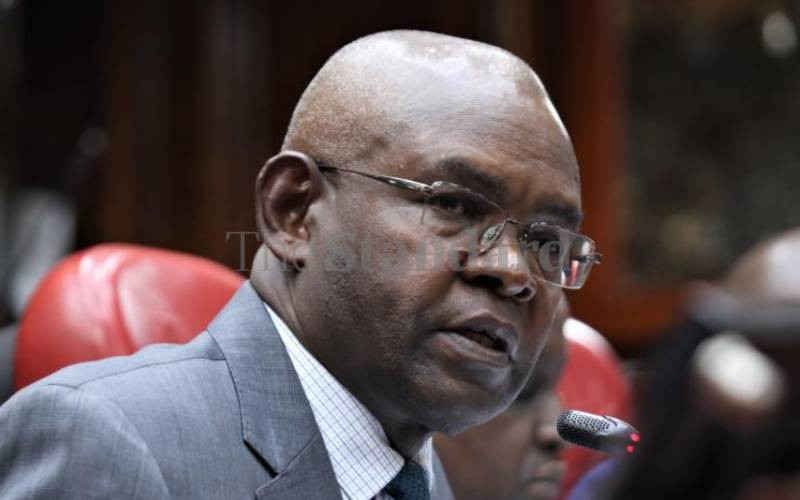
The shilling has come under pressure for the second time in under three months after the US Federal Reserve increased interest rates to 1 per cent.
At 0839 GMT, Reuters said commercial banks quoted the shilling at 103.05/15 to the dollar, compared with 102.85/95 at Wednesday’s close. This drop was last seen at the beginning of the year when the shilling drastically lost ground against the greenback.
The last time the US Fed increased the rates of lending from 0.5 per cent to 0.75 per cent on December 23 last year, the shilling fell on every trading day until it hit Sh104 against the dollar on January 30.
Analysts say the move is not surprising given that the dollar is strengthening against most of the global currencies. A research analyst who did not want to be named due to the sensitivity of the matter said the fact that the Fed had said they may only move the rate twice this year will calm markets from the fear of more aggressive hikes. Recently, Central Bank warned analysts over commentaries on the movement of the shilling.
“The move will not be as bad as 2015. What we are seeing is the negative confidence on the shilling because of the dollar index strengthening globally,” the source said.
The analyst added the fact that foreign investors are still in the market even after the massive sell-off at the equities and bond market is a good sign that finances would not drastically flow out of the country. America kept interest rates at almost 0 per cent for almost a decade since the 2008 financial crisis. However, it has since increased the rate twice, in December 2015 and December 2016 but has hinted at a faster rate of hikes.
Usually when this happens, investors move their money out of emerging markets raising demand for the dollar, which becomes expensive.
Central Bank of Kenya will have to sell dollars it has kept in its reserves to cool the demand locally and support the shilling from sliding further. “Our foreign exchange reserves have increased from 4.3 months of import cover in 2013 to 5.1 months of cover at the start of 2017,” President Kenyatta said.
Import cover
Although President Uhuru Kenyatta overestimated our forex reserves on Wednesday’s State of the Nation address when he put import cover at 5.1 months’ worth, the reserves in January stood at 4.6 months of import cover. Current reserves stand at $7.027 billion (Sh724 billion), an equivalent of 4.64 months of import cover.
Kenya’s forex reserves hit a 10-month low in early this year as Central Bank of Kenya reported a 4.52 months of import cover in the week ending January 19, when it was supporting the shilling against a similar depreciation.
The last time the foreign exchange cover was that low was in February 2016 when CBK was holding forex equivalent to 4.58 months’ worth of import cover.
Forex cover is also important to the country as it helps the Central Bank process dollar trade when local firms need the US currency to make payments abroad.
Stay informed. Subscribe to our newsletter
 The Standard Group Plc is a
multi-media organization with investments in media platforms spanning newspaper
print operations, television, radio broadcasting, digital and online services. The
Standard Group is recognized as a leading multi-media house in Kenya with a key
influence in matters of national and international interest.
The Standard Group Plc is a
multi-media organization with investments in media platforms spanning newspaper
print operations, television, radio broadcasting, digital and online services. The
Standard Group is recognized as a leading multi-media house in Kenya with a key
influence in matters of national and international interest.
 The Standard Group Plc is a
multi-media organization with investments in media platforms spanning newspaper
print operations, television, radio broadcasting, digital and online services. The
Standard Group is recognized as a leading multi-media house in Kenya with a key
influence in matters of national and international interest.
The Standard Group Plc is a
multi-media organization with investments in media platforms spanning newspaper
print operations, television, radio broadcasting, digital and online services. The
Standard Group is recognized as a leading multi-media house in Kenya with a key
influence in matters of national and international interest.










